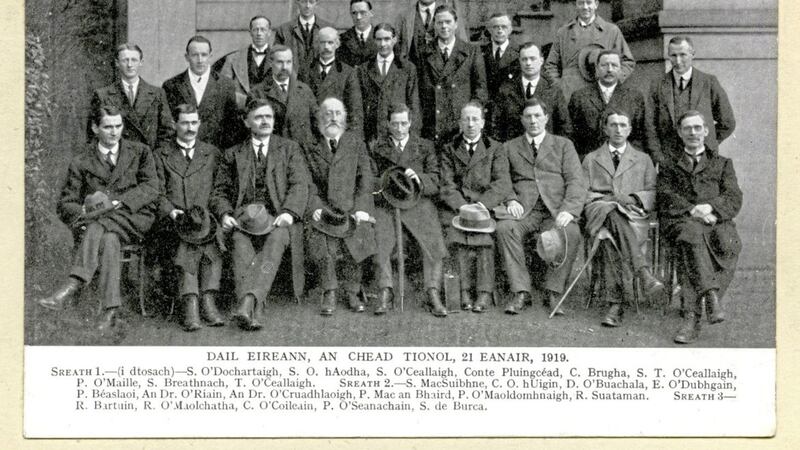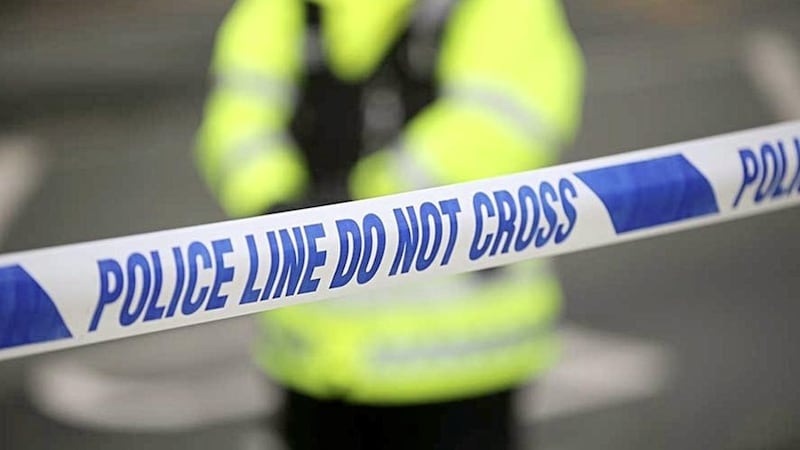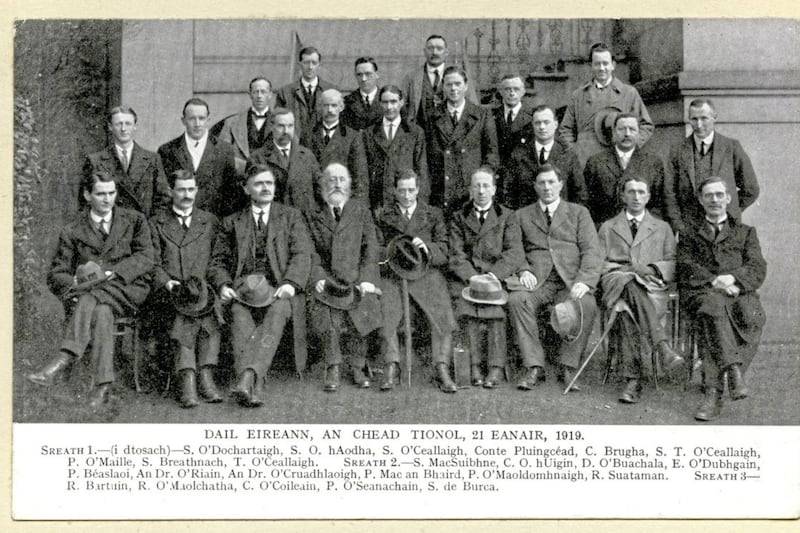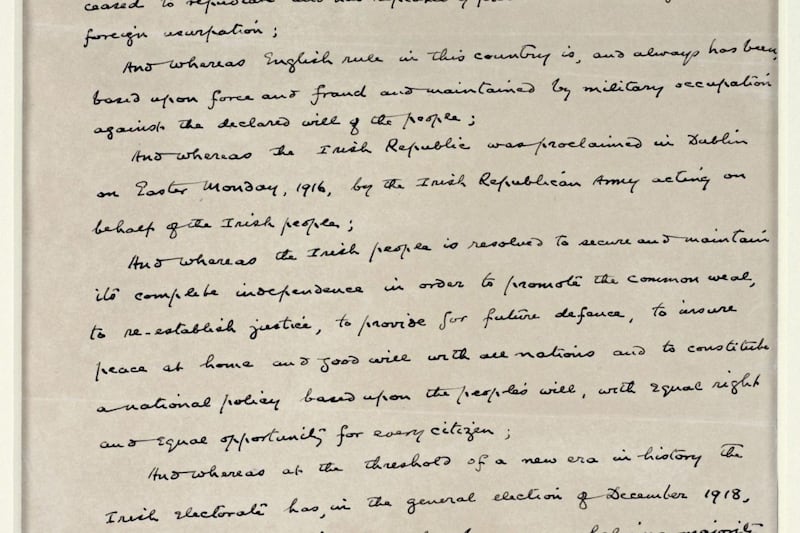A WEST Belfast man was among those who played a key part in one of the most significant events of Irish history which took place 100 years ago today.
The Soloheadbeg ambush in Co Tipperary on January 21, 1919 in which two Catholic policemen died is generally recognised as the opening salvo in the War of Independence between the IRA and the British state.
It took place in the small hamlet close to Tipperary town when a party of IRA volunteers ambushed and shot dead two Royal Irish Constabulary (RIC) men who were escorting a load of gelignite to a local quarry, and stole the explosives.
The killings shocked a generally peaceful island and marked the beginning of the war which did not end until 1921, after which Ireland was partitioned and Northern Ireland was born.
The gang included Dan Breen, Sean Treacy and Belfast man Seamus Robinson, who played a key part in guerilla warfare in the south and in 1921 went on to be elected to Dáil Éireann as a Sinn Féin TD.
The ambush, significantly, took place on the same day as Sinn Féin boycotted Westminster and held the first meeting of the independent Irish Parliament, Dáil Éireann, in the Mansion House, Dublin.
Events to commemorate the centenary of the first Dáil are taking place across Ireland throughout 1919.
Belfast historian Eamon Phoenix said both events were two of the most significant in the making of modern Ireland and the establishment of the first Dáil saw the involvement of a number of men from the north of the country.
He said: "Professor Eoin MacNeill, historian, founder of the Gaelic League and TD for Derry City, was born in Glenarm and educated at St Malachy's College, Belfast. He was elected speaker of the Dáil.
"Ernest Blythe, a journalist from Magheragall, Co Antrim, was a Protestant and a leading member of the Irish Republican Brotherhood. He was elected TD for North Monaghan in 1918 and became Minister for Trade and Commerce in the Dáil government. He was unable to attend the first session as he was imprisoned in Crumlin Road jail."
Others were Sean MacEntee who was born in King Street, Belfast, the son of a wealthy publican from Co Monaghan. Educated at St Malachy's College and Belfast Technical College, he qualified as an electrical engineer.
He fought in the Easter Rising and was sentenced to death but his sentence was commuted to penal servitude and he was released in 1917. He sat for South Monaghan in the Dáil and was a member of the Belfast IRA during the War of Independence.
Another was Dr Patrick McCartan, a leading Irish Republican Brotherhood (IRB) figure from Carrickmore, Co Tyrone, who was elected for Laois/Offaly in 1918.
Dr Phoenix, who spoke about the historical significance of the centenary on yesterday's BBC Radio Ulster Sunday Sequence show, said: "The British Government finally suppressed the Dáil in September 1919 when its ministers went on the run.
"The war continued until the truce of July 1921 and saw the use of reprisals and the Black and Tans and Auxiliaries, much-feared ex-soldiers to reinforce the collapsing Irish police, by British Prime Minister Lloyd George."





